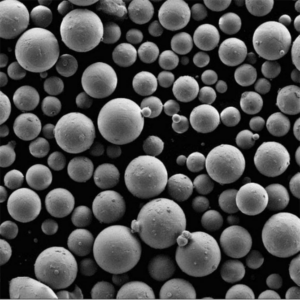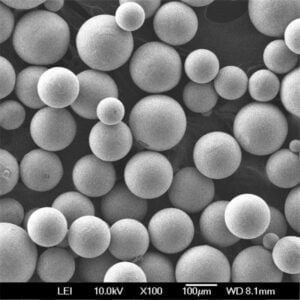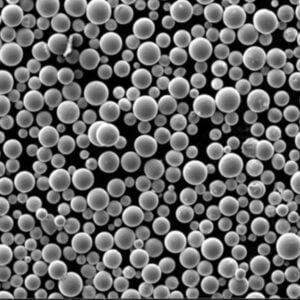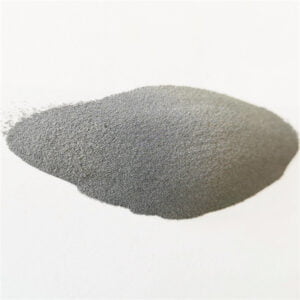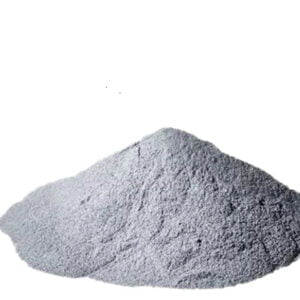アルミニウム粉末
目次
アルミニウム粉末 は、微細なアルミニウム粒子からなる粉末状のアルミニウム金属を指す。アルミニウム粉末は、冶金や化学品製造から火工品や推進力まで幅広い分野での用途に適したユニークな特性を示します。ここでは、アルミニウム粉末の種類、製造方法、特性、用途、供給業者について説明します。
アルミニウム粉末の種類
アルミニウムパウダーには大きく分けて2種類ある:
| 種類 | 説明 |
|---|---|
| 球状粉末 | 微粒化プロセスによって生成された球状または丸みを帯びた粒子からなる。 |
| 不規則な粉 | 粉砕または研削によって生成された、非球状、薄片状、不規則な形状の粒子で構成されている。 |
主な違い 球状粉末は嵩密度と流動性が高いが、コストが高い。不規則な粉末は密度と流動性が低いが、価格が安い。
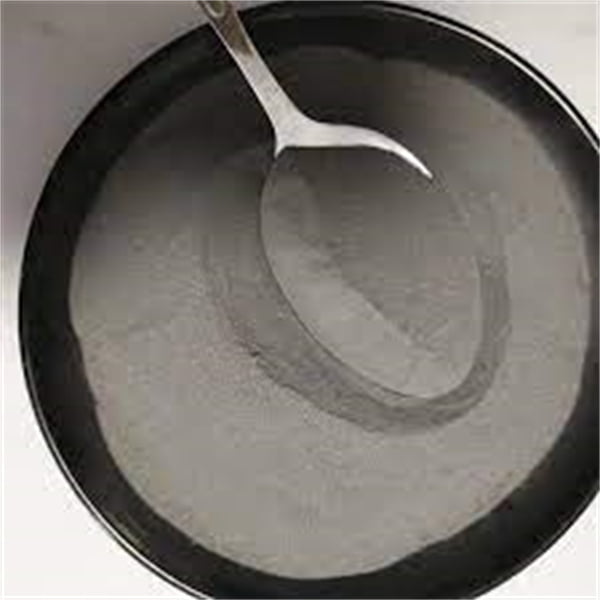
組成と特性
アルミニウムパウダーは、少量の他の元素とともに高レベルのアルミニウム金属を含む:
| エレメント | 組成範囲 |
|---|---|
| アルミニウム(Al) | ≥ 96% |
| ケイ素 (Si) | 0.5-1.5% |
| 鉄(Fe) | 0.4-0.8% |
| 銅(Cu) | 0 – 0.15% |
主な特性
- 酸化剤との高い化学反応性
- 低密度 - 約1.2g/cm3
- 高い熱伝導性と電気伝導性
- シルバーグレーの色と外観
生産方法
主な工業生産ルートは3つある:
- 霧化 - 溶けたアルミニウムは液滴になり、固化して粉末になる
- ミーリング - アルミニウム金属の機械的粉砕による微粒子化
- 電解 - アルミナから微細アルミニウムへの電気化学的還元
アトマイズは最も一般的な方法で、球状の粉末を大量に作ることができる。フライス加工は、ニッチな用途向けの不規則な形状を実現する。
アルミニウムパウダー グレードとサイズ
アルミニウム粉末は、様々な標準グレードとサイズで入手可能です:
| グレード | 粒子径範囲 | 平均サイズ |
|---|---|---|
| 粗目 | 44 - 150 μm | 75 μm |
| ミディアム | 15 - 44 μm | 25 μm |
| ファイン | 1 - 15 μm | 5 μm |
| エクストラファイン | < 1μm | 0.5 μm |
一般的な工業用グレードの名称は以下の通り:
- アルミニウム青銅粉
- アトマイズ・アルミ粉
- アルミニウムフレーク粉
アルミニウム粉末の用途
主な用途は、アルミニウムの反応性、低密度、導電性に由来する:
| 産業 | 主な用途 |
|---|---|
| 金属・素材 | 積層造形パウダー、ブレーキパッド、砂型鋳物 |
| 化学物質 | 火工品、爆薬、固体ロケット推進剤 |
| 自動車 | 自動車塗料用顔料、摩擦調整剤 |
| エレクトロニクス | 導電性フィルム、ペースト、熱管理 |
| 工事 | テルミット溶接剤、反応性粉体コンクリート |
その他のニッチ:3Dプリンティング、ダイヤモンドツール、インク、装飾コーティング。
アルミニウムパウダー 供給者
主要なグローバル・サプライヤーは以下の通り:
| 会社概要 | 所在地 |
|---|---|
| トーヤル・アメリカ | アメリカ |
| UC RU 米国L | 英国 |
| 北海道アルパイン株式会社 | 日本 |
| ノランダ・アルミニウム | カナダ |
| 河南遠洋粉体技術 | 中国 |
価格は一般的な工業用粉末で1kgあたり約$3-6。
比較 アルミニウム粉末
| パラメータ | 球形 | 不規則 |
|---|---|---|
| 流動性 | 素晴らしい | 貧しい |
| 梱包密度 | 高 0.7-1.2 g/cc | 低 <0.5 g/cc |
| コスト | より高い | より低い |
| 反応性 | 中程度 | 高い |
| オートメーションの適合性 | 理想的 | チャレンジング |
要点
- 球状で噴霧化された粉末はハンドリングが良いが、不規則なタイプは低コストで表面積と反応性を最大化する。
- 10ミクロン以下の微細なグレードは、より強い爆発性の可能性を示し、慎重な取り扱いが必要である。
- アルミニウム粉末は、ユニークな化学的性質と準安定性によって、材料技術の革新を牽引している。
よくあるご質問
アルミニウムパウダーの危険性は?
反応性金属であるアルミニウム粉末は、取り扱いを誤ると爆発の危険性がある。不活性な保管条件と安全対策が必要です。
アルミニウム粉体塗装とは?
アルミニウム粉体塗装は、アルミニウム顔料を含む特殊な保護仕上げを指します。静電スプレーで塗布し、焼き付けることで、装飾的で耐食性に優れた塗膜を形成します。
アルミニウムフレークとアルミニウムペーストの違いは何ですか?
アルミニウムフレークには、コーティングに使用される高アスペクト比のリーフィング・アルミ顔料が含まれています。アルミニウムペーストは、厚膜塗料やポリッシュとして塗布しやすいように、フレークを液体キャリアに分散させたものです。
アルミニウム粉末の保存可能期間はどのくらいですか?
適切に保管されたアルミニウム粉末は、酸化の影響が顕著になるまでにおよそ3年の保存可能期間があります。10ミクロン以下の微細なグレードは劣化が早く、湿気を含まない不活性な保管が必要です。パイロパウダーのような反応性の高い特殊グレードは最も敏感です。
シェアする
MET3DP Technology Co., LTDは、中国青島に本社を置く積層造形ソリューションのリーディングプロバイダーです。弊社は3Dプリンティング装置と工業用途の高性能金属粉末を専門としています。
関連記事
Met3DPについて
最新情報
製品

3Dプリンティングと積層造形用金属粉末






